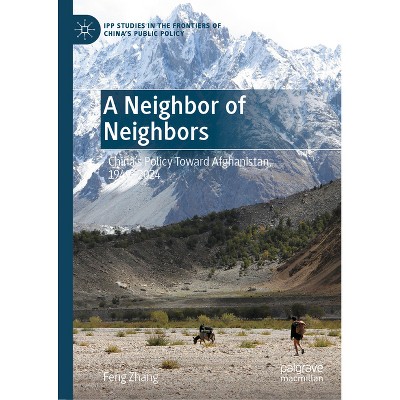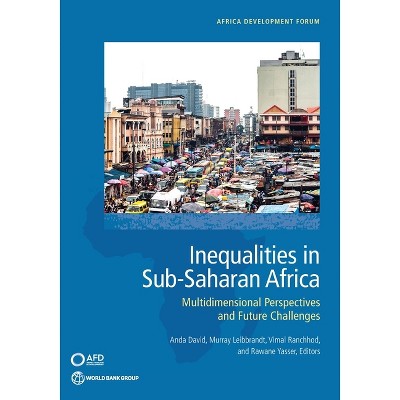Sponsored

Transition to Diagnosis-Related Group (DRG) Payments for Health - (International Development in Focus) (Paperback)
In Stock
Sponsored
About this item
Highlights
- This book examines how nine different health systems--U.S. Medicare, Australia, Thailand, Kyrgyz Republic, Germany, Estonia, Croatia, China (Beijing) and the Russian Federation--have transitioned to using case-based payments, and especially diagnosis-related groups (DRGs), as part of their provider payment mix for hospital care.
- About the Author: The World Bank came into formal existence in 1945 following the international ratification of the Bretton Woods agreements.
- 66 Pages
- Medical, Administration
- Series Name: International Development in Focus
Description
About the Book
Transition to Payment by Diagnostic Related Groups Payment: How Did They Do It?Book Synopsis
This book examines how nine different health systems--U.S. Medicare, Australia, Thailand, Kyrgyz Republic, Germany, Estonia, Croatia, China (Beijing) and the Russian Federation--have transitioned to using case-based payments, and especially diagnosis-related groups (DRGs), as part of their provider payment mix for hospital care. It sheds light on why particular technical design choices were made, what enabling investments were pertinent, and what broader political and institutional issues needed to be considered. The strategies used to phase in DRG payment receive special attention.
These nine systems have been selected because they represent a variety of different approaches and experiences in DRG transition. They include the innovators who pioneered DRG payment systems (namely the United States and Australia), mature systems (such as Thailand, Germany, and Estonia), and countries where DRG payments were only introduced within the past decade (such as the Russian Federation and China). Each system is examined in detail as a separate case study, with a synthesis distilling the cross-cutting lessons learned.
This book should be helpful to those working on health systems that are considering introducing, or are in the early stages of introducing, DRG-based payments into their provider payment mix. It will enhance the reader's understanding of how other countries (or systems) have made that transition, give a sense of the decisions that lie ahead, and offer options that can be considered. It will also be useful to those working in health systems that already include DRG payments in the payment mix but have not yet achieved the anticipated results.
About the Author
The World Bank came into formal existence in 1945 following the international ratification of the Bretton Woods agreements. It is a vital source of financial and technical assistance to developing countries around the world. The organization's activities are focused on education, health, agriculture and rural development, environmental protection, establishing and enforcing regulations, infrastructure development, governance and legal institutions development. The World Bank is made up of two unique development institutions owned by its 185 Member Countries. The International Bank for Reconstruction and Development (IBRD) focuses on middle income and creditworthy poor countries and the International Development Association (IDA), which focuses on the poorest countries in the world.Shipping details
Return details
Frequently bought together
Trending Non-Fiction

















